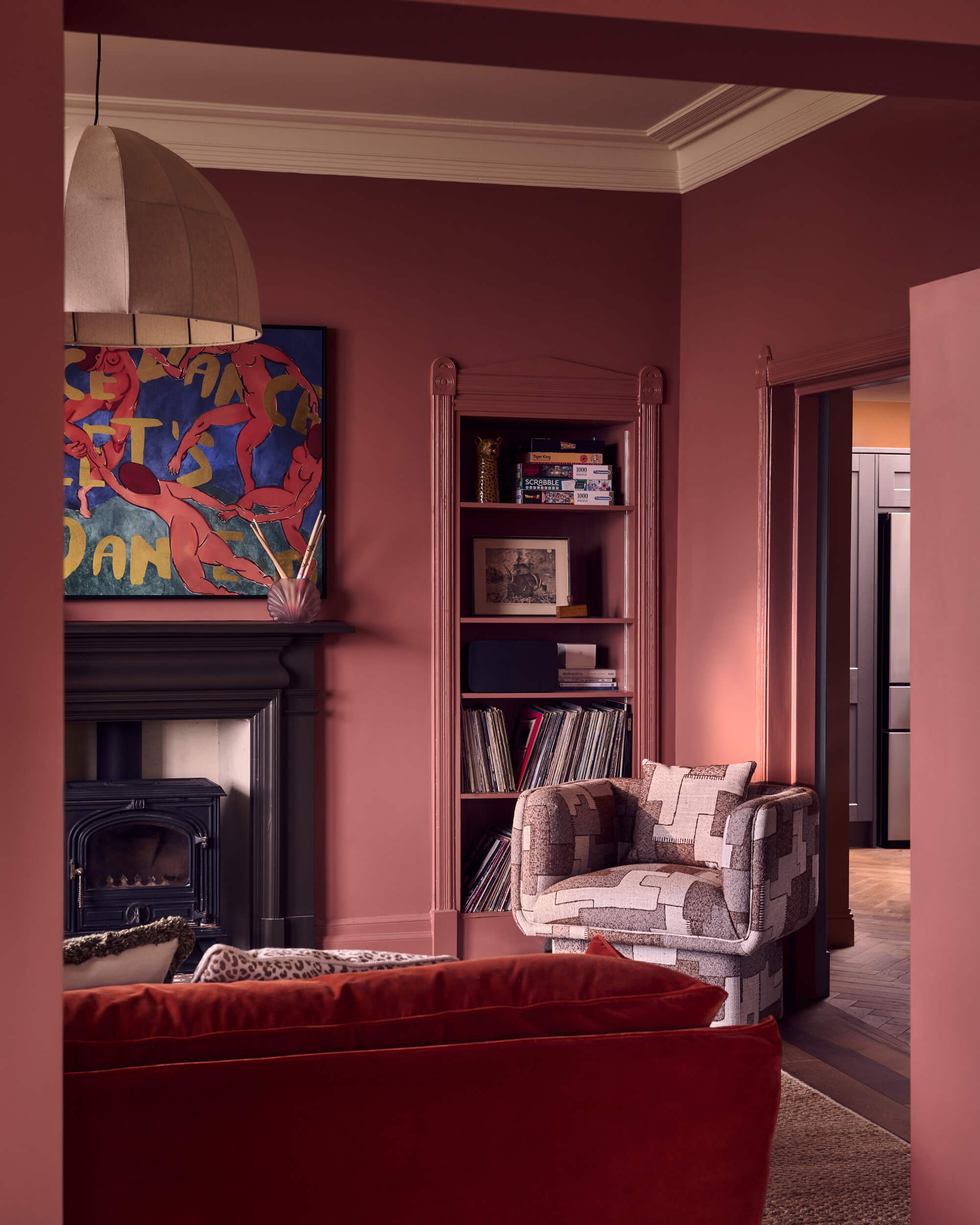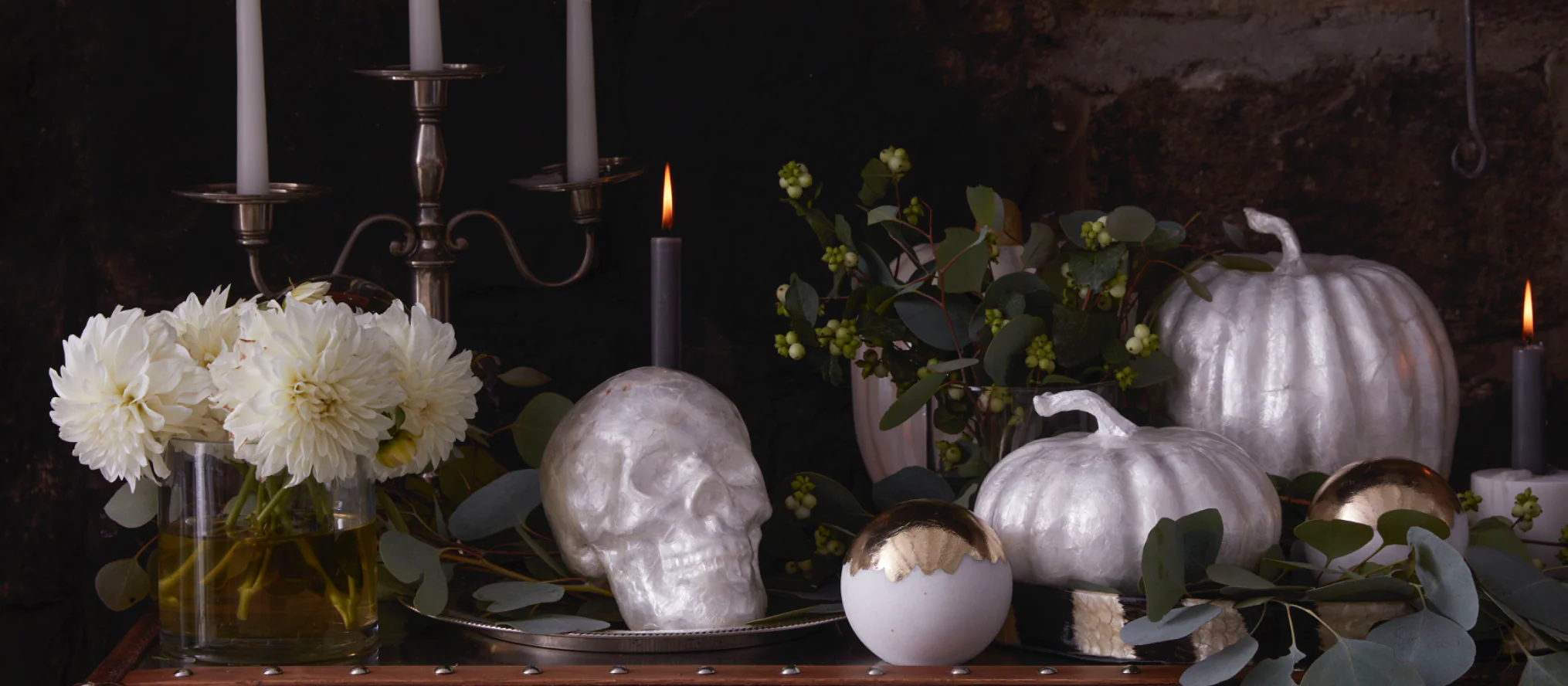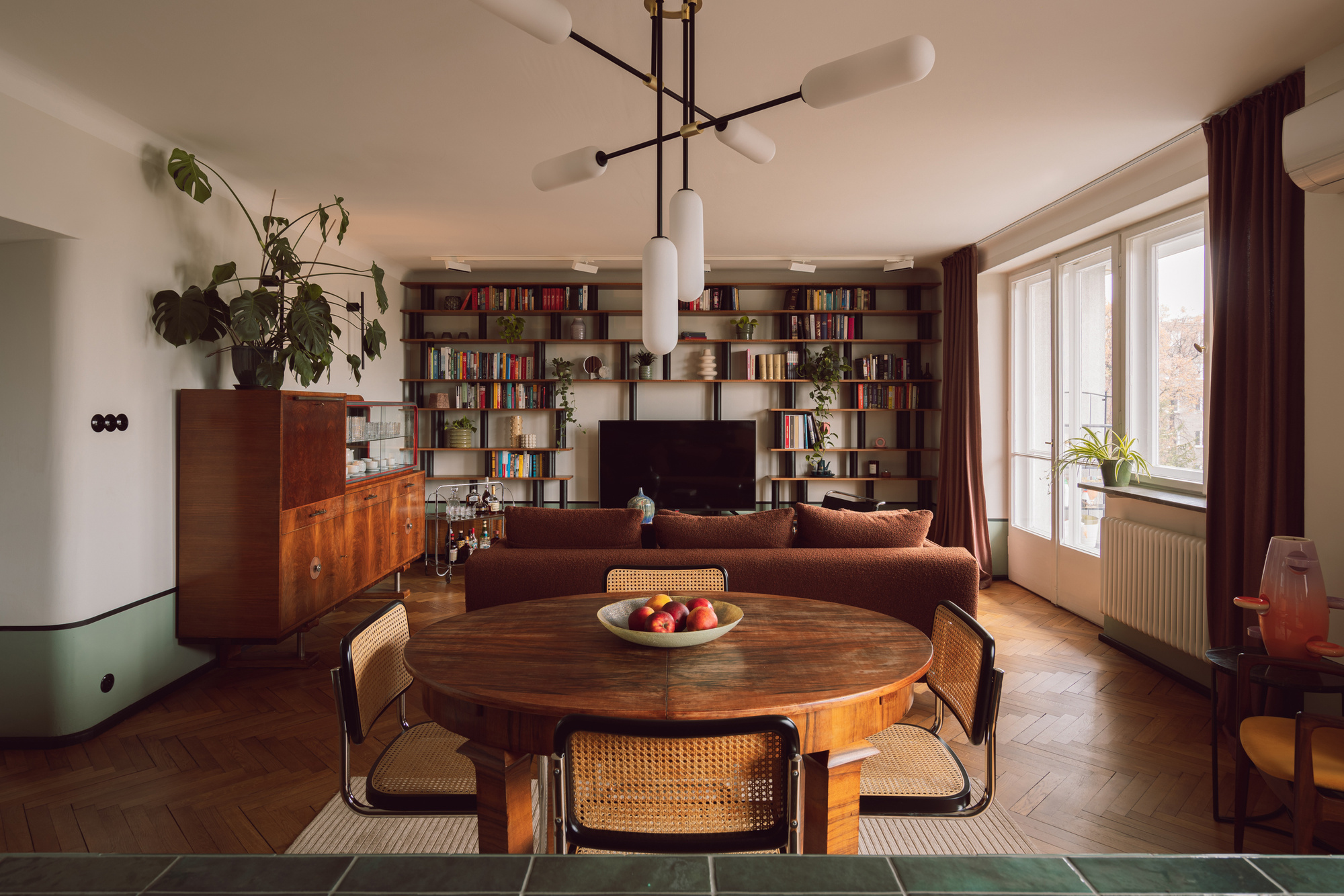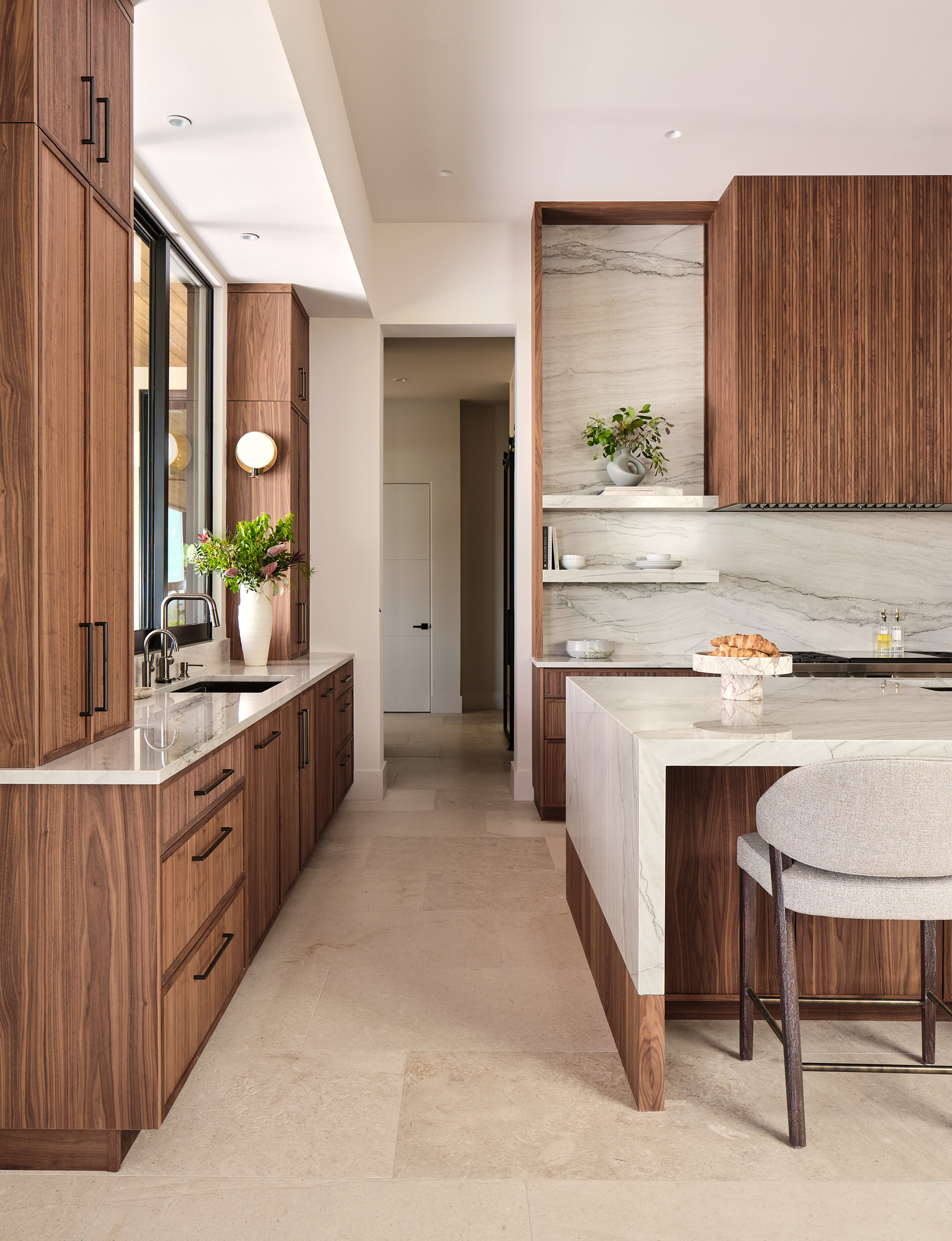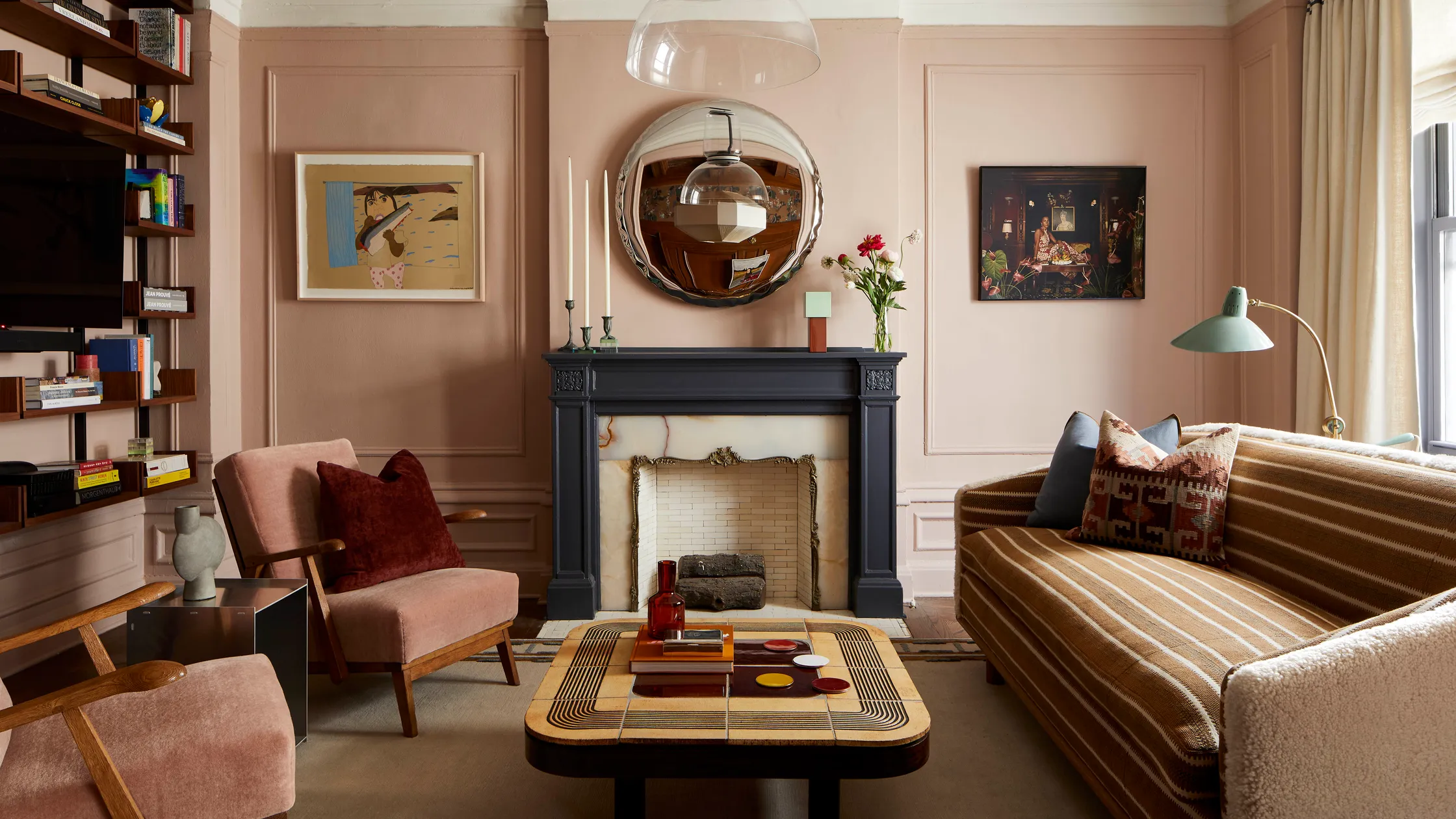
They say that choosing a home is one of life’s biggest decisions — and not just because of where it’s located. The type of home you choose shapes your everyday rhythm, lifestyle, and even how you connect with your surroundings. From airy lofts in bustling city centers to cozy cottages surrounded by nature, each style comes with its own character, benefits, and compromises. Whether you dream of low-maintenance living or long for a place to truly make your own, understanding the different types of homes can help you find the perfect fit.
When you visit a paint store, resist the urge to choose your color right away. The lighting in stores is often far from what you have at home. Instead, collect a wide variety of swatches — even colors you wouldn’t normally consider. Pull shades that seem too dark, too muted, or too warm. When you see them later in your own lighting, you may discover unexpected favorites. The key is to create options before committing.
Subtle tones, such as soft grays or gentle taupes, can be the hardest to judge under fluorescent light. Bring home several similar hues so you can compare them properly. It’s not uncommon for the color that seemed “too plain” at first to feel calm and sophisticated once viewed in your living room.
Color changes with light, and no two rooms receive it the same way. Tape your paint chips or sample boards on different walls and observe them at different times: early morning, midday, and evening. You’ll see how natural light, shadows, and even artificial lighting affect the tone. What looks creamy at noon might turn golden under lamplight.
If your space doesn’t get much daylight, rely on warm-toned artificial bulbs to keep your paint color from looking flat. Conversely, if your room gets strong sunlight, a cooler undertone can help balance the brightness.
Tiny paint chips can be misleading. Once you’ve narrowed your choices, paint large test patches directly onto your walls, or use removable sample sheets you can move around. Try to apply at least two coats so you can see the true finish. Observe how the color shifts next to your trim, flooring, or fabrics — these details often reveal undertones that weren’t visible before.
For an even clearer view, look at your samples behind furniture or near decor elements like artwork and curtains. The goal is to imagine how the color behaves as part of your whole space, not in isolation.
One of the easiest tricks to understand undertones is to compare your paint swatches with pure white or black. Hold a blank white paper or a black object — like a leather jacket or phone case — next to your samples. This will help you see if your “white” leans yellow, pink, or gray, or if your blue has hints of green. Undertones are subtle but crucial to creating harmony in your palette.
The perfect paint color is often hidden in your home already. Look to your favorite textiles, artwork, or even natural materials for clues. A piece of pottery, a linen pillow, or a photograph might reveal the tones that feel most comfortable to you. Pulling a wall color from an existing piece helps create visual flow and consistency.
If you want a cohesive look, choose a shade slightly lighter or more muted than your inspiration item. This keeps the color sophisticated and prevents it from overpowering your decor.
Paint is easy to change, but that doesn’t mean you should rush the decision. Live with your samples for several days. Notice how the color feels in different weather — on a gray morning versus a sunny afternoon. If you still love it after a few days, it’s a good sign it will work for the long term.
Sometimes it helps to carry the paint chip with you throughout the week. Compare it in other spaces — a friend’s home, a cafe, or a hotel lobby. Seeing it in varied settings gives perspective and confirms whether it truly feels like “you.”
If you’re drawn to dramatic colors but hesitant to commit, start small. A powder room, hallway, or accent wall can be a great testing ground. These contained spaces allow bold hues to shine without overwhelming your home. Conversely, if you lean toward calm and timeless, neutrals with soft gray or beige undertones are always safe bets.
Remember, depth adds sophistication. Even muted tones can feel rich and layered when paired with texture — think linen curtains, matte ceramics, or brushed metals.
When you finally apply paint, remember it often looks wrong before it looks right. Wet paint appears darker, and the true tone emerges only after it dries completely and multiple coats are applied. Give your eyes time to adjust before deciding to repaint. Especially with deeper shades, your space might feel smaller at first, but cozy and intimate once you get used to it.
If you’re torn between two or three shades, bring in a fresh perspective. Whether it’s a friend with a good eye or a professional color consultant, another viewpoint can help you see what you might be missing. Some designers even share tried-and-true shades that work in most spaces — those can be excellent starting points.
Ultimately, the best color is the one that feels right to you. Once you’ve tested, compared, and observed, let your intuition lead. A home should reflect your personality, not trends or other people’s preferences. If you walk into the room and immediately feel at ease, you’ve found your color.
A new paint color can shift the entire atmosphere of a home — brightening your mornings, softening evenings, and redefining how you experience your space. Take your time, explore your options, and remember: the goal isn’t perfection, it’s comfort. Because the color you live with should feel like a reflection of you — familiar, inspiring, and timeless.
What about you — do you have a go-to paint color you always come back to? Share your favorite shades or recent discoveries in the comments below!

Transform your home effortlessly with this stylish foldable 3-basket set — your solution for a clutter-free environment.
